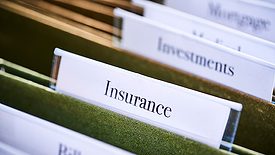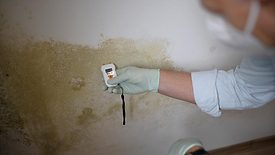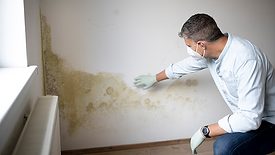Home » liability
Articles Tagged with ''liability''
Coverage Types for Your Restoration Business
Essential Insurance to Protect Your Business from Risks
Read More
Understanding Pollution Liability in the Restoration Industry
Essential Insights into Pollution Liability Insurance for Restoration Professionals
Read More
News Headlines
Environmental & Construction Professional Liability Insurance Market Update Available
RT Specialty’s 2024 liability insurance market update available for environmental and construction markets
April 10, 2024
Cross-Examination: Who Is in Charge of Setting Restoration Prices?
‘We Don’t Pay for That.’ Why DON’T You Pay for That?
Read More
Stay ahead of the curve with our eNewsletters.
Get the latest industry updates tailored your way.
JOIN TODAY!Copyright ©2025. All Rights Reserved BNP Media.
Design, CMS, Hosting & Web Development :: ePublishing
















